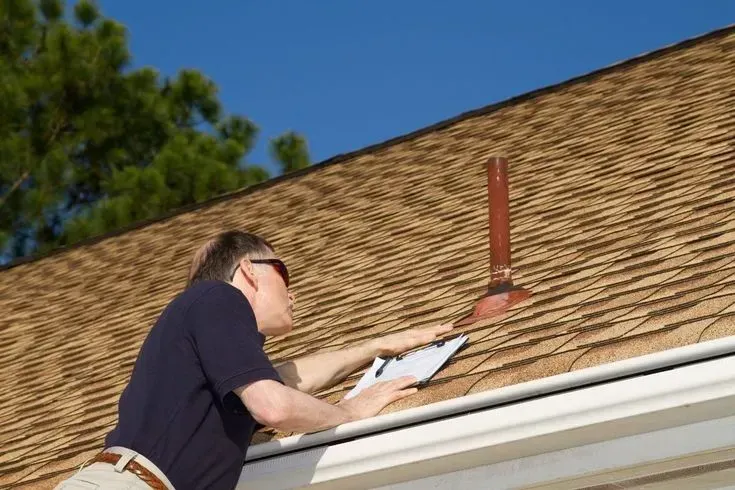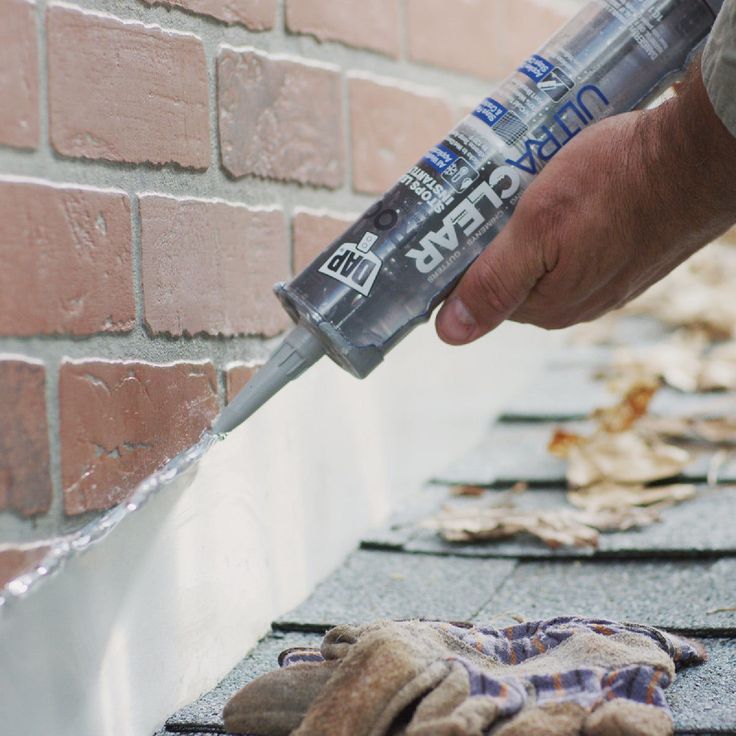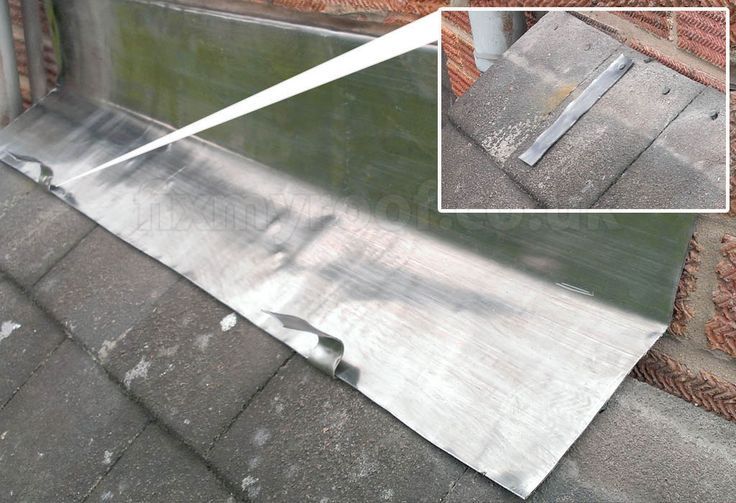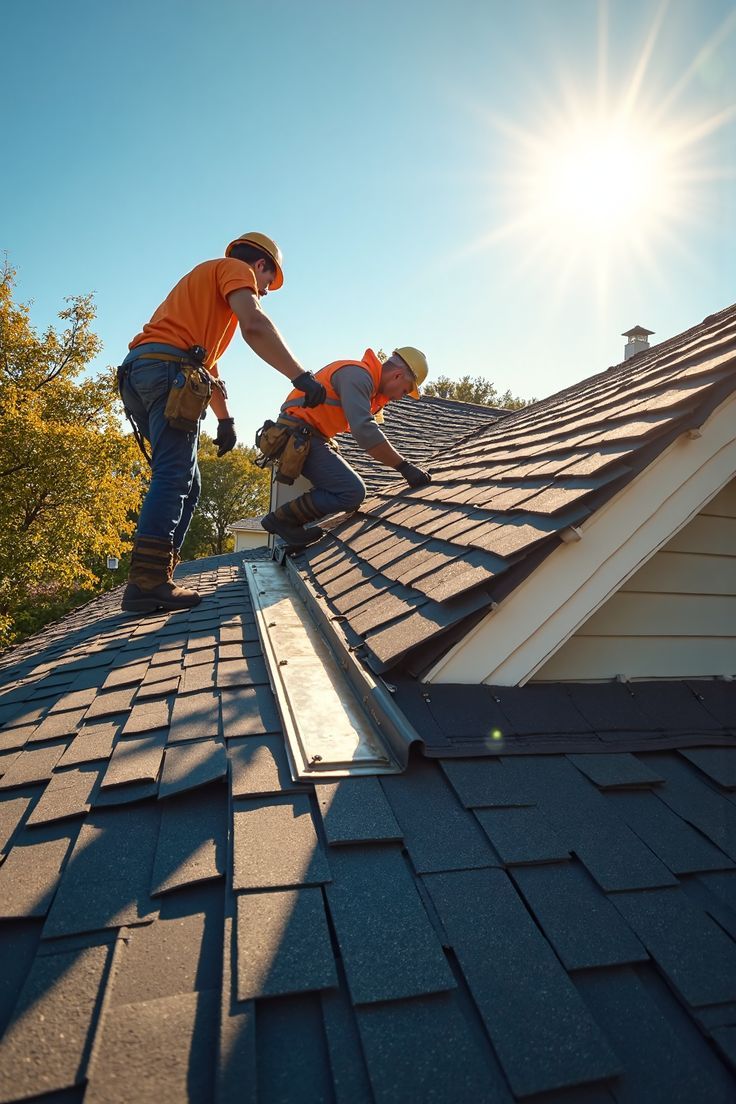Roof Flashing Repair in Washington DC
Hail can cause serious damage to roofs, leading to leaks and costly repairs. As a roofing company in Washington DC, we understand the importance of addressing these issues promptly. Our hail damage roof repair services provide effective solutions to restore your roof and protect your home.
When hail strikes, it's crucial to assess the damage quickly. We have the experience and tools needed to inspect your roof thoroughly. By identifying problems early, we can help prevent further damage and save you money in the long run.
We are dedicated to delivering high-quality repairs tailored to each customer's needs. Our skilled team ensures that every job is done right, using reliable materials. This commitment helps maintain the integrity of your roof, giving you peace of mind through every storm.

Services Offered
We provide a range of essential services focused on roof flashing repair. Our team’s experienced skill set ensures that your roof remains in top condition to protect your property. We cover inspection, sealant application, flashing replacement, and ongoing maintenance sessions.
Inspection
We begin with a thorough inspection of your roof's flashing. Our experts look for any signs of damage, wear, or leaks. We check the seams and joints to ensure they are intact.
During the inspection, we pay close attention to the condition of your roof's surface. This allows us to identify any potential issues before they become serious problems. Our goal is to catch small issues early, saving you money and trouble later on.


Sealant Application
Once we identify areas needing attention, we apply high-quality sealant. This helps to fill gaps and prevent water infiltration. The sealant we use is durable and weather-resistant.
Applying sealant is an important step. It helps maintain the integrity of your flashing and roof joints. Additionally, we ensure that the sealant is applied evenly for maximum effectiveness.
Flashing Replacement
In cases where flashing is severely damaged, we may recommend a complete replacement. This process involves removing the old flashing and installing new, high-quality materials. Our team ensures the new flashing is securely fitted to prevent leaks.
Using the right materials is critical for success. We choose flashing that is appropriate for your roof type and local weather conditions. This ensures a long-lasting solution.


Maintenance Sessions
Regular maintenance is key to keeping your roof in good shape. We offer scheduled maintenance sessions to check and care for your flashing. These sessions help us spot any issues before they escalate.
During maintenance, we inspect the flashing, reapply sealant if needed, and clean debris. Keeping your roof and flashing well-maintained extends their lifespan. It also protects your home from water damage.
Why Trust Us
Local Knowledge
Our experienced professionals handle each project with care. We know the unique challenges that roofs in the DC area can face. This local knowledge allows us to provide better service.
Quality
We have a strong commitment to quality. Our team uses the best materials and techniques for roof flashing repair. This ensures long-lasting results that protect your home from leaks and damage.
Customer Satisfaction
We value customer satisfaction. Our team communicates clearly throughout the process. We make sure you understand each step, so there are no surprises.
Competitive Pricing
We offer competitive pricing. We believe that quality repair services should be affordable. Our transparent quotes help you know what to expect financially.
Signs of Roof Flashing Damage
Recognizing the signs of roof flashing damage is crucial. By paying attention to specific indicators, you can prevent more serious issues in the future.
Visible Rust or Corrosion
Rust or corrosion on the roof flashing can indicate a significant problem. You should regularly inspect flashing around chimneys, vents, and walls for signs of rust. If flashing looks discolored or has dark patches, it is likely starting to corrode.
Corroded metal can lead to leaks, which may cause water damage inside the home. Repairing or replacing rusted flashing quickly is essential to preserve the roof's integrity. If you notice excessive rust, it’s time to call a professional for an assessment.
Water Stains on Interior Ceilings
Water stains on the ceilings inside your homes are often a clear sign of roof flashing issues. If you see yellow or brown patches, it indicates that water is seeping through the roof. This usually happens when flashing is damaged or improperly installed.
It's essential to monitor these stains closely. They can worsen with time, leading to mold growth and structural issues inside your homes. You must address any stains promptly by investigating the source and repairing the flashing as needed.
Deteriorated Seals and Caulking
Deterioration of seals and caulking around the roof can be another warning sign. Over time, weathering can cause these materials to crack or peel. If you notice gaps or crumbling caulk, it's important to rectify this.
Damaged seals fail to keep water out, leading to leaks. You should regularly check these areas, especially after severe weather. Re-sealing or re-caulking is often a simple fix that can prevent more significant problems later on.
FAQs
TPO roofing installations come with many common questions from our customers. We've gathered the most important information about costs, durability, brands, and maintenance to help you make informed decisions.
What are the factors influencing the cost of a TPO roof installation?
Several key elements affect TPO roofing costs. The size of your roof is the primary factor, as larger areas require more materials and labor.
The thickness of the TPO membrane impacts pricing significantly. We offer options ranging from 45 mil to 80 mil thickness, with thicker membranes costing more but providing enhanced durability.
Your roof's complexity matters too. Buildings with multiple penetrations, HVAC units, or unusual shapes require more detail work and flashing.
Accessibility affects labor costs. If your roof is difficult to reach or requires special equipment, this will increase the installation price.
How long does a TPO roof typically last under normal weather conditions?
TPO roofs installed by Washington DC Roofing Company typically last 20-30 years with proper maintenance. This lifespan depends on several factors including membrane thickness and local climate conditions.
The quality of installation significantly impacts longevity. Our certified installation team ensures all seams are properly welded and details are correctly finished.
Modern TPO formulations have improved UV and heat resistance compared to earlier generations. This enhancement helps maintain reflectivity and structural integrity over time.
Regular inspections can help identify and address small issues before they compromise the roof's lifespan.
Which TPO roofing brand shows the highest performance and reliability?
We primarily install GAF and Firestone TPO systems due to their consistent performance records and extensive warranties. These manufacturers have refined their formulations over decades.
GAF EverGuard TPO offers excellent heat and UV resistance with their advanced material science. Their products perform exceptionally well in Washington DC's varying climate conditions.
Firestone UltraPly TPO provides superior puncture resistance and flexibility, maintaining performance through seasonal temperature changes. Their seam strength is among the industry's best.
Both brands offer comprehensive warranty options that can extend up to 30 years when installed by certified contractors like us.
Are there any notable drawbacks when using TPO roofing for commercial buildings?
Installation quality is critical with TPO systems. Poorly welded seams can lead to leaks and premature failure, which is why we invest in ongoing training for our installation teams.
Some older TPO formulations had issues with premature aging and cracking. Today's improved materials have largely resolved these concerns, but choosing a quality manufacturer remains important.
TPO can be punctured by sharp objects, making regular roof inspections necessary. We recommend establishing maintenance protocols after installation.
While highly energy efficient, TPO's initial cost may be higher than some traditional roofing systems, though this is typically offset by energy savings over time.
Can a TPO roof be installed over an existing roofing system, and what are the considerations?
Yes, in many cases we can install TPO over existing roofing, potentially saving on removal costs and reducing landfill waste. This approach is called a "recover" installation.
The existing roof must be structurally sound and relatively dry. We conduct moisture scanning to detect any trapped water that could compromise the new system.
Building codes typically limit commercial buildings to two roof layers. We'll verify local regulations and assess your current roofing situation during consultation.
Proper preparation may include adding recovery board insulation to create a smooth, compatible surface for the new TPO membrane attachment.
Tell Us About Your Roofing Project
Contact Us
Our Newsletter
We will get back to you as soon as possible.
Please try again later.
Subscribe For Newsletter
All Rights Reserved | Washington DC Roofing Company
